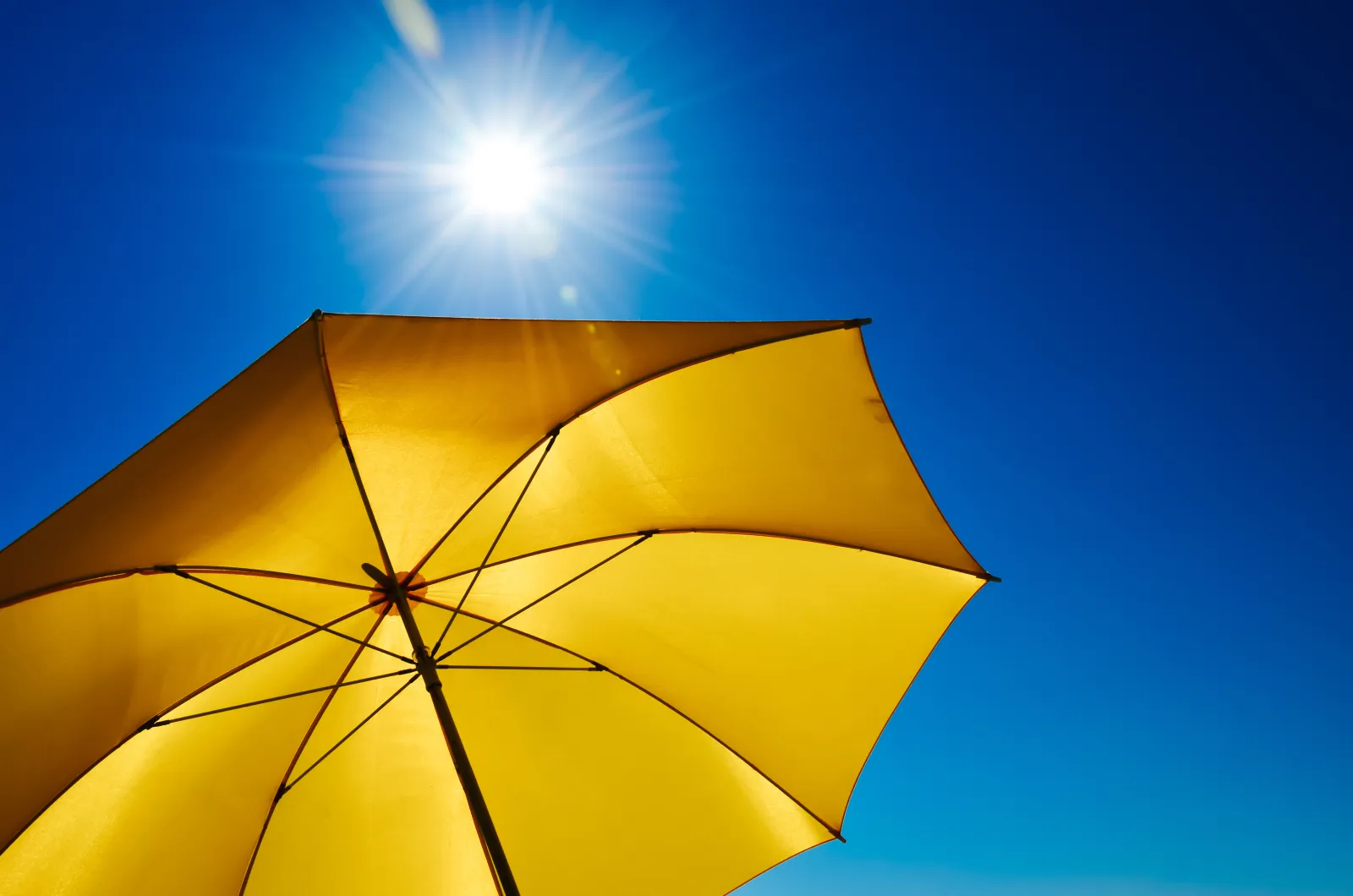
The Ultraviolet (UV) Index is a valuable forecasting tool designed to help us make informed decisions about how much time we should spend in the sun and what type(s) of protection we should use. It tells us how strong the sun's UV rays will be; the higher the UV Index, the greater the strength of the sun's UV rays and the faster we may experience the damaging effects of overexposure. The goal of using the UV Index is to help people make informed decisions about protecting their skin and eyes when spending time outdoors during the summer months.
How Does the UV Index Work?
The index predicts the risk of UV overexposure using a scale that ranges from 0 (minimal risk) to 11+ (very high risk). The forecast considers latitude, elevation, weather conditions, time of year and the ozone levels. The index is based on "type 2" skin: fair skin that burns easily but tans minimally (we will cover the different skin types in another blog). The levels of UV radiation (and therefore the values of the index) vary throughout the day. The maximum UV level on any given day occurs during the four-hour period between 10 a.m. and 2 p.m., a timeframe scientists refer to as 'solar noon.' When the UV Index is featured in news and/or weather reports, it's typically used to forecast the maximum UV levels for the following day for a specific region.
UV Index Values Defined
Listed below are the various UV Index Values and what we should do to protect ourselves at each level:
A UV Index of 0-2 (Low) means there is minimal danger from the sun's UV rays for the average person. Most people can stay in the sun for up to 1 hour during peak sun (10 a.m. to 2 p.m.) without burning. However, people with very sensitive skin and infants should always be protected from prolonged sun exposure.
- Wear UV-blocking sunglasses on bright days.
- If you burn easily, cover up and use broad spectrum SPF 30+ sunscreen.
- Watch out for bright surfaces, like sand, water and snow, which reflect UV rays and increase exposure.
A UV Index of 3-5 (Medium) means there is a low risk of harm from unprotected sun exposure. Fair skinned people may burn in less than 20 minutes.
- Stay in shade near midday when the sun is the strongest.
- Wear protective clothing, a wide-brimmed hat and UV-blocking sunglasses.
A UV Index of 6-7 (High) means there is a moderate risk of harm from unprotected sun exposure. Fair skinned people may burn in less than 20 minutes. Protection against significant skin and eye damage is essential.
- Reduce time in the sun between 10 a.m. and 2 p.m.
- If outdoors, try to stay in a shaded area.
A UV Index of 8-10 (Very High) means there is high risk of harm from unprotected sun exposure. Fair skinned people may burn in less than 10 minutes. Minimize as much sun exposure as possible during the midday hours of 10 a.m. to 2 p.m.
- Liberally apply a broad spectrum sunscreen of 30+ SPF.
- Wear protective clothing and UV-blocking sunglasses to protect your eyes.
- When outside, seek shade.
- Don't forget water, sand, pavement and glass reflect UV rays — even under a tree, near a building or beneath a shade umbrella.
- Wear long sleeved shirts and trousers made from tightly-woven fabrics. UV rays can pass through the holes and spaces of loosely knit fabrics.
A UV Index of 11+ (Extreme) means there is a very high risk of harm from unprotected sun exposure. Fair skin people may burn in less than 5 minutes. Outdoor workers and vacationers who can receive very intense sun exposure are especially at risk.
- Minimize as much sun exposure as possible during midday hours of 10 a.m. to 2 p.m.
- Apply a broad spectrum SPF 50+ sunscreen every 2 hours.
- Wear sunglasses that block out 99-100% of all UV rays (UVA and UVB).
- Wear a cap or a hat with a wide brim which will block roughly 50% of UV radiation from reaching the eyes.
Most of us are used to adjusting our daily plans and choice of clothing to accommodate the weather forecast - especially to temperature predictions. Similar to temperature, the UV Index also gives us a daily forecast of UV radiation levels and the potential danger of sun exposure — helping us make wise, healthy choices when determining just how much sun is too much sun.
